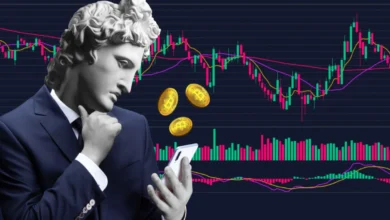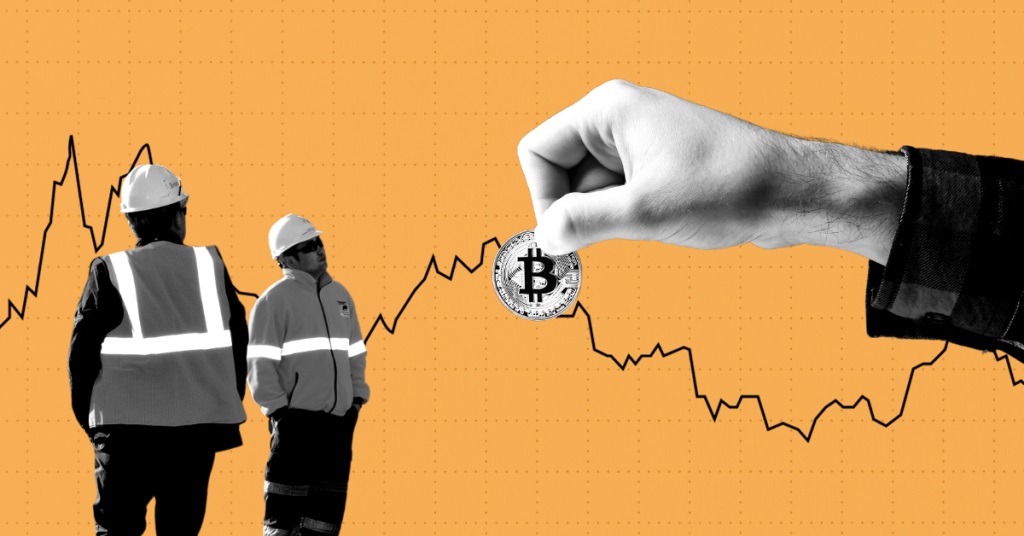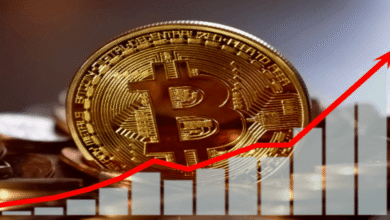
Bitcoin’s Price Stability and Growth Potential Amid Lower Volatility
The leading cryptocurrency in the digital market, Bitcoin, has been staying steady at $103,000 for some time now. Investors, dealers, and financial analysts have shown great interest in this fantastic achievement. Given its pricing level, one wonders whether reduced market volatility could support Bitcoin’s increasing momentum. This paper investigates the possibility of Bitcoin’s Price continuing to rise in a less turbulent market using expert opinions and analysis of the main elements influencing its price.
Bitcoin’s Price Stability Explained
Being the first distributed cryptocurrency in the world, Bitcoin has long been known to be erratic. Historically, a number of elements—from investor mood to world economic changes—have caused Bitcoin’s price to vary significantly. Bitcoin has lately been showing relative price stability, hovering around the critical $103,000 barrier. This price range indicates that, amid an increasingly doubtful global financial environment, Bitcoin has gained value and drawn more investors seeking both short-term gains and long-term security.

Given that Bitcoin’s price has sometimes experienced extreme swings—sometimes reaching new highs or falling suddenly—the recent price steadiness is especially remarkable. However, this pattern might change as the crypto industry develops and Bitcoin’s acceptance rises.
Bitcoin Price Volatility
Many times highly erratic, the price of Bitcoin is a result of various factors, including regulatory announcements, global economic developments, and speculative trading. Because of its infamous price swings, traditional investors have sometimes been cautious about Bitcoin; nevertheless, this same volatility has drawn traders who live for short-term gains. High volatility also makes Bitcoin erratic since it can suffer both equally fast declines and fast price gains.
Still, volatility has dropped as Bitcoin develops and its market capitalization rises. Some analysts think less volatility could lead to a steadier market fit for additional price hikes. This is especially pertinent since Bitcoin is becoming more and more accepted as a valid store of value and inflation hedge outside the domain of speculative trade.
Bitcoin Volatility Impact
Should Bitcoin experience protracted periods of less volatility, the investing climate could become more consistent. Lower volatility usually translates into less fear and uncertainty, which would inspire more institutional investors to join the market. These investors often bring large sums of money and a long-term view, traits that would help to balance out temporary swings and support Bitcoin’s ongoing price increase.
Furthermore, a more consistent Bitcoin market indicates growing faith in the virtual currency. Retail investors may be more ready to invest if volatility lowers and the asset becomes more predictable, increasing demand and driving the price of Bitcoin higher.
Institutional Bitcoin Adoption
Institutional adoption is one of the most essential elements in Bitcoin’s increasing price stability. Their participation gives the market liquidity and maturity as more big financial institutions, hedge funds, and investment companies see Bitcoin as a real asset. Usually seeking less risk and more predictable profits, institutional investors are more conservative than retail traders. This kind of thinking can help to lessen the chaotic price swings sometimes accompanying the fast expansion or sharp drops in Bitcoin value.
Companies like MicroStrategy, Tesla, and Grayscale invested significantly, enhancing their credibility in conventional finance. Their involvement in the market points to a rising trend whereby Bitcoin is seen as a store of value similar to gold rather than only a speculative asset. This change might make Bitcoin less vulnerable to sharp price swings and more appealing to a broader spectrum of buyers.
Regulation and Stability
Regulation is another important factor that could contribute to Bitcoin’s lower volatility. As governments and financial regulators worldwide establish clearer frameworks for cryptocurrencies, Bitcoin could become less prone to wild price swings caused by uncertainty. Regulations would provide investors a safer environment, ensuring market participants have greater transparency and protection from manipulation.
The ongoing discussions in significant economies, such as the United States and the European Union, about regulating Bitcoin and other cryptocurrencies have sparked optimism among market participants. More straightforward regulatory guidelines could encourage more institutional investment and enhance the market’s overall stability. However, regulatory changes must be balanced carefully to avoid stifling innovation while ensuring consumer protection.
Bitcoin Price Forecast
Several prominent experts have weighed in on Bitcoin’s future price trajectory, particularly in the context of its volatility. Willy Woo, a respected Bitcoin on-chain analyst, suggests that Bitcoin’s future growth will likely be driven more by institutional investors than retail speculation. Woo emphasizes that as Bitcoin becomes a larger part of the financial landscape, its price volatility will likely decrease. According to Woo, this stabilization could attract even more investors, pushing Bitcoin’s price to new heights.

Cathie Wood, CEO of ARK Invest, has long been bullish on Bitcoin. She believes that Bitcoin is poised to become a global store of value and that its price will continue to rise as adoption increases. In her view, the recent periods of lower volatility show that Bitcoin is maturing as an asset class and that more institutional investment will follow. Wood sees Bitcoin’s continued growth as inevitable, as its role as a hedge against inflation and a store of value becomes more widely recognized.
Final thoughts
Bitcoin’s price, currently sustained above $103,000, is in the midst of a fascinating phase in its lifecycle. With the potential for lower Market Volatility, there is optimism that Bitcoin could experience sustained growth, especially as institutional investors play an increasingly prominent role. Reduced volatility would likely help Bitcoin gain widespread adoption, enhancing its role as a store of value and hedge against economic uncertainty.
While expert opinions vary on Bitcoin’s long-term trajectory, it is clear that the cryptocurrency is maturing and becoming less vulnerable to extreme price fluctuations. Whether Bitcoin will continue to rise in value will depend on a combination of factors, including investor confidence, regulatory developments, and the broader macroeconomic environment. However, if Bitcoin can maintain its stability, lower volatility will likely create the conditions necessary for further price appreciation, solidifying its place as a key player in the global financial system.







